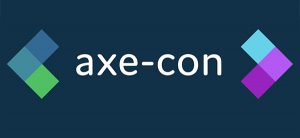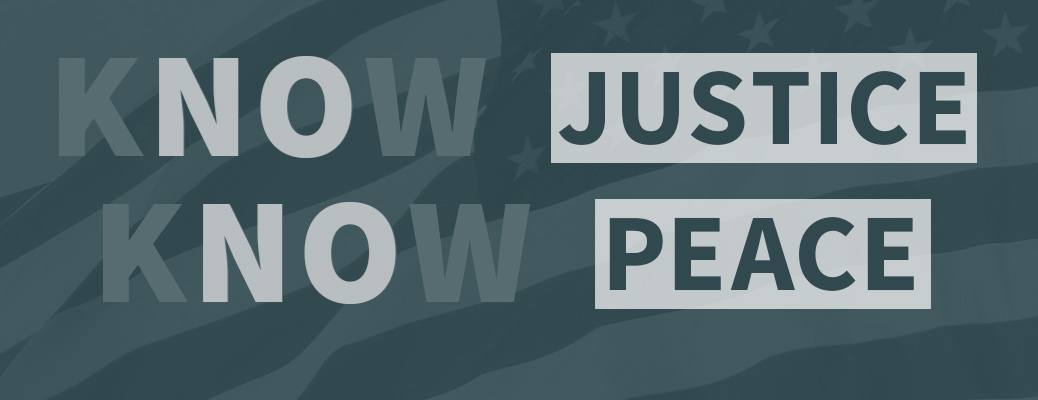The library has been committed to Diversity, Equity, and Inclusion for the past year extended, specifically through the work of DivE-In and the Anti-Racist Roadmap. And to that end, the Digital Strategies and Technology department, where I work, has also been focusing on these issues. So lately I’ve been thinking a lot about how, as a web developer, I can be actively antiracist in my work.
First, some context. As a cis-gendered white male who is gainfully employed and resides in one of the best places to live in the country, I am soaking in privilege. So take everything I have to say with that large grain of salt. My first job out of college was working at a tech startup that was founded and run by a black person. To my memory, the overall makeup of the staff was something like 40–50% BIPOC, so my introduction to the professional IT world was that it was normal to see people who were different than me. However, in subsequent jobs my coworker pool has been much less diverse and more representative of the industry in general, which is to say very white and very male, which I think is a problem. So how can an industry that lacks diversity actively work on promoting the importance of diversity? How can we push back against systematic racism and oppression when we benefit from those very systems? I don’t think there are any easy answers.
I think it’s important to recognize that for organizations driven by top-down decision making, sweeping change needs to come from above. To quote one of my favorite bedtime stories, “Point at policies as the problem, not people. There’s nothing wrong with the people!” But that doesn’t excuse ‘the people’ from doing the hard work that can lead to profound change. I believe an important first step is to acknowledge your own implicit bias (if you are able, attend Duke IT’s Implicit Bias in the Workplace Training). Confronting these issues is an uncomfortable process, but I think ultimately that’s a good thing. And at least for me, I think doing this work is an ongoing process. I don’t think my implicit biases will ever truly go away, so it’s up to me to constantly be on the lookout for them and to broaden my horizons and experiences.
So in addition to working on our internalized biases, I think we can also work on how we communicate with each other as coworkers. In a recent DST-wide meeting concerning racial equity at DUL, the group I was in talked a lot about interpersonal communication. We should recognize that we all have blind spots and patterns that we slip into, like being overly jargony, being terse and/or confrontational, and so on. We have the power to change these patterns. I think we also need to be thoughtful of the language we use and the words that we speak. We need to appreciate diversity of backgrounds and be mindful of the mental taxation of code switching. We can try to help each other feel more comfortable in own skin and feel safe expressing our thoughts and ideas. I think it’s profoundly important to meet people from a place of empathy and mutual respect. And we should not pass up the opportunities to have difficult conversations with each other. If I say something loaded with a microaggression and make a colleague feel uncomfortable or slighted, I want to be called out. I want to learn from my mistakes, and I would think that’s true for all of my coworkers.

We can also incorporate anti-racist practices into the things we create. Throughout my career, I’ve tried to always promote the benefits of building accessible interfaces that follow the practices of universal design. Building things with accessibility in mind is good for everyone, not just those who make use of assistive technologies. And as an aside, axe-con 2021 was packed full of great presentations, and recording are available for free. We can take small steps like removing problematic language from our workflows (“master” branches are now “main”). But I think and hope we can do more. Some areas where I think we have an opportunity to be more proactive would be doing an assessment of our projects and tools to see to what degree (if at all) we seek out feedback and input from BIPOC staff and patrons. How can we make sure their voices are represented in what we create?
I don’t have many good answers, but I will keep listening, and learning, and growing.



Thanks for sharing such a thoughtful post.